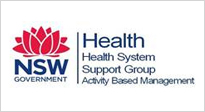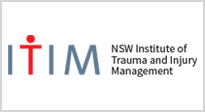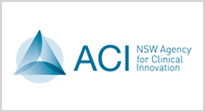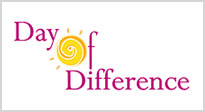Background

Injury causes more than 1,000 children to be hospitalised after sustaining an injury every week1: double that of cancer, diabetes and cardiovascular disease combined2. Each year around 600 children are killed following injury, 520 children catastrophically injured3 (lifelong disability). Despite these devastating statistics, it is unknown exactly where or why these injuries occur which means we are unable to put measures in place to help prevent them.
Research from NSW has demonstrated that a seriously injured child was 2-3 more times likely to die if they did not receive definitive treatment at a paediatric hospital, one that cares exclusively for children4. We need to determine the causes of these poor outcomes so the best treatment pathway for children suffering major injury can be established and implemented.
Serious injury in a child is a significant life event that can impact upon their physical and psychological well-being and have a negative impact on family dynamics5, threatening the entire family unit6,7. Both children and parents are more likely to develop symptoms of post traumatic stress disorder (PTSD) following serious injury of a child than a new diagnosis of diabetes mellitus type 1 or cancer in the child8. It is unknown what services exist in Australia to meet the needs of paediatric patients and their families during their hospital stay or post discharge. Children are dependent on their families for their physical, emotional and social needs, and their recovery is directly impacted by their parents’ psychosocial functioning9. Yet the needs of parents of injured children and the best ways to support them are unknown.
References
- AIHW: Pointer S. Trends in hospitalised injury, Australia: 1999–00 to 2012–13. Injury research and statistics series no. 95. Cat. no. INJCAT 171. Canberra2015.
- Australian Institute of Health and Welfare. Australian hospital statistics 2010-11. Canberra: Australian Institute of Health and Welfare;2012. Cat no HSE 117.
- Australian Trauma Quality Improvement Program (AusTQIP) Collaboration. Australian Trauma Registry 2014.
- Mitchell RJ, Curtis K, Chong S, et al. Comparative analysis of trends in paediatric trauma outcomes in New South Wales, Australia. Injury. 2013;44(1):97-103.
- Montgomery V, Oliver R, Reisner A, Fallat ME. The effect of severe traumatic brain injury on the family. The Journal of Trauma. 2002;52(6):1121.
- Youngblut J, Shiao S. Child and family reactions during and after pediatric ICU hospitalization: a pilot study. Heart & lung: the journal of critical care. 1993;22(1):46.
- Youngblut JM, Lauzon S. Family functioning following pediatric intensive care unit hospitalization. Issues in Comprehensive Pediatric Nursing. 1995;18(1):11-25.
- Landolt MA, Ystrom E, Sennhauser FH, Gnehm HE, Vollrath ME. The mutual prospective influence of child and parental post-traumatic stress symptoms in pediatric patients. Journal of Child Psychology and Psychiatry. 2012;53(7):767-774.
- Taylor HG, Yeates KO, Wade SL, Drotar D, Stancin T, Burant C. Bidirectional child–family influences on outcomes of traumatic brain injury in children. Journal of the International Neuropsychological Society. 2001;7(06):755-767.













